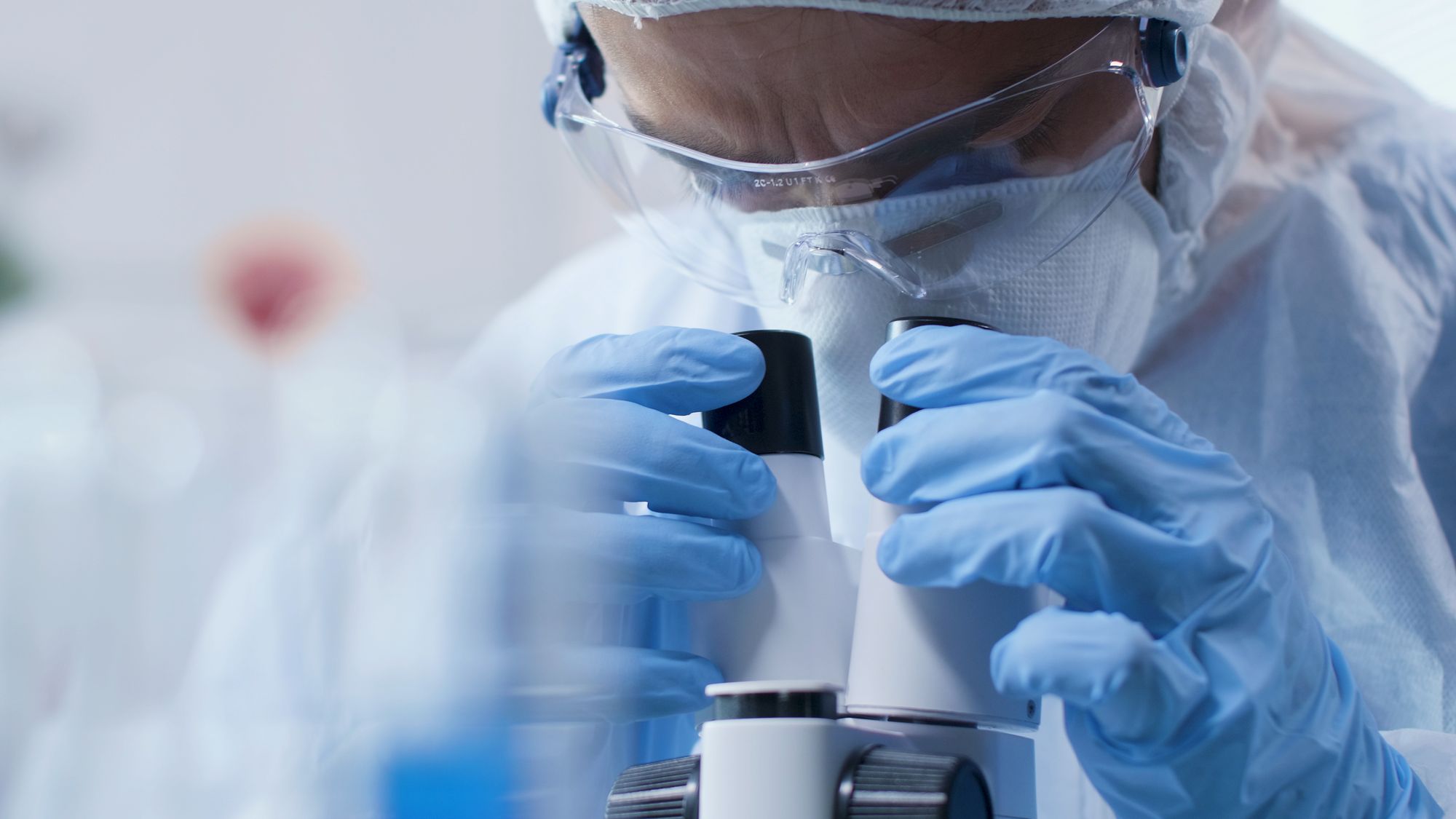
An unsuccessful applicant has criticised the federal government’s allocation of nearly $100 million in grants for emerging biomedical and medical technology innovations to just three organisations.
The funding is the latest round from the federal government’s $20 billion Medical Research Future Fund (MRFF), announced on 11 July.
The successful applicants were Brandon BioCatalyst’s CUREator program, $33 million; ANDHealth, $33 million; and Biointelect $32.9 million.
The funding is to support incubation of small and medium-size (SME) businesses developing promising medical innovations and will be provided under the MRFF’s Medical Research Commercialisation Initiative. It is planned that over the next ten years around $450 million more will be provided under the Initiative.
This funding is not intended to finance new medical discoveries, rather, it is intended to support the commercialisation in Australia of discoveries made here. Despite Australia punching above its weight in medical research, our performance in commercialising those discoveries has, historically, been poor. The Commercialisation Initiative is intended to change that.To date, more than 130 companies and more than 150 projects have received its support.
As federal minister for health Mark Butler said: “We have world-class medical researchers right here in Australia whose ideas can bring better health outcomes for Australians and people around the world. The MRFF Commercialisation Initiative is designed to ensure those great ideas stay in Australia, building our medical manufacturing sector.”
The critic of the latest round of funding is Anthony Liveris, chief executive of life sciences incubator Proto Axiom. Liveris, the son of former Dow Chemical head Andrew Liveris, pointed out that repeat winners, Brandon BioCatalyst and ANDHealth secured roughly two-thirds of the pool while many emerging incubators missed out.
Liveris said: “I respect what Brandon and ANDHealth have achieved; their programs helped dozens of start-ups raise capital, especially when few others operated in this space. But concentrating so much capital with the same gatekeepers brings real costs:
• 𝐑𝐞𝐝𝐮𝐜𝐞𝐝 𝐜𝐨𝐦𝐩𝐞𝐭𝐢𝐭𝐢𝐯𝐞 𝐭𝐞𝐧𝐬𝐢𝐨𝐧 – when most early-stage dollars funnel through the same channels, alternative models struggle to gain traction. Government funding is now crowding out early-stage competition.
• 𝐍𝐚𝐫𝐫𝐨𝐰𝐞𝐫 𝐩𝐢𝐩𝐞𝐥𝐢𝐧𝐞 – fresh ideas from regional hubs, university spin-outs and disease-specific accelerators risk being sidelined.
• 𝐎𝐩𝐚𝐪𝐮𝐞 𝐬𝐞𝐥𝐞𝐜𝐭𝐢𝐨𝐧 𝐜𝐫𝐢𝐭𝐞𝐫𝐢𝐚 – scoring and milestones are not published. Our request for details was declined because they were deemed ‘domain information’ of the incumbents. Can someone explain how that makes any sense?
• 𝐖𝐞𝐚𝐤𝐞𝐫 𝐬𝐚𝐟𝐞𝐠𝐮𝐚𝐫𝐝𝐬 – the scheme ran under grant rules rather than procurement rules, which usually provide stronger protections and a level playing field.
• 𝐌𝐢𝐬𝐬𝐞𝐝 𝐥𝐞𝐚𝐫𝐧𝐢𝐧𝐠 𝐥𝐨𝐨𝐩𝐬 – a mix of incubators encourages fresh approaches to deal structures, governance and talent development.”
Liveris said Proto Axion had applied but was unsuccessful.
Putting its disappointment aside, he said, Proto Axiom’s wider concern was about the system under which funding is allocated.
“A world-class life sciences sector needs an open, contestable process with clear feedback loops,” he said.
Liveris suggested that to improve the system the MRFF should:
- Publish quantitative selection metrics and post-award dashboards for every incubator it funds.
- Cap consecutive funding cycles or ring-fence part of each round for first-time or region-based programs.
- Establish an independent review every three years to reset strategy and reallocate under-performing capital.
Liveris makes some good points. The MRFF was established in 2015 under the Abbott Coalition Government. After ten years of operations, it would be timely to carry out an independent review of the progress made towards developing a medical technology industry in Australia which matches our research achievements.
Adrian Herbert
Managing Editor, Australian Private Equity & Venture Capital Journal

